Day 4 (December 24th, 2014)
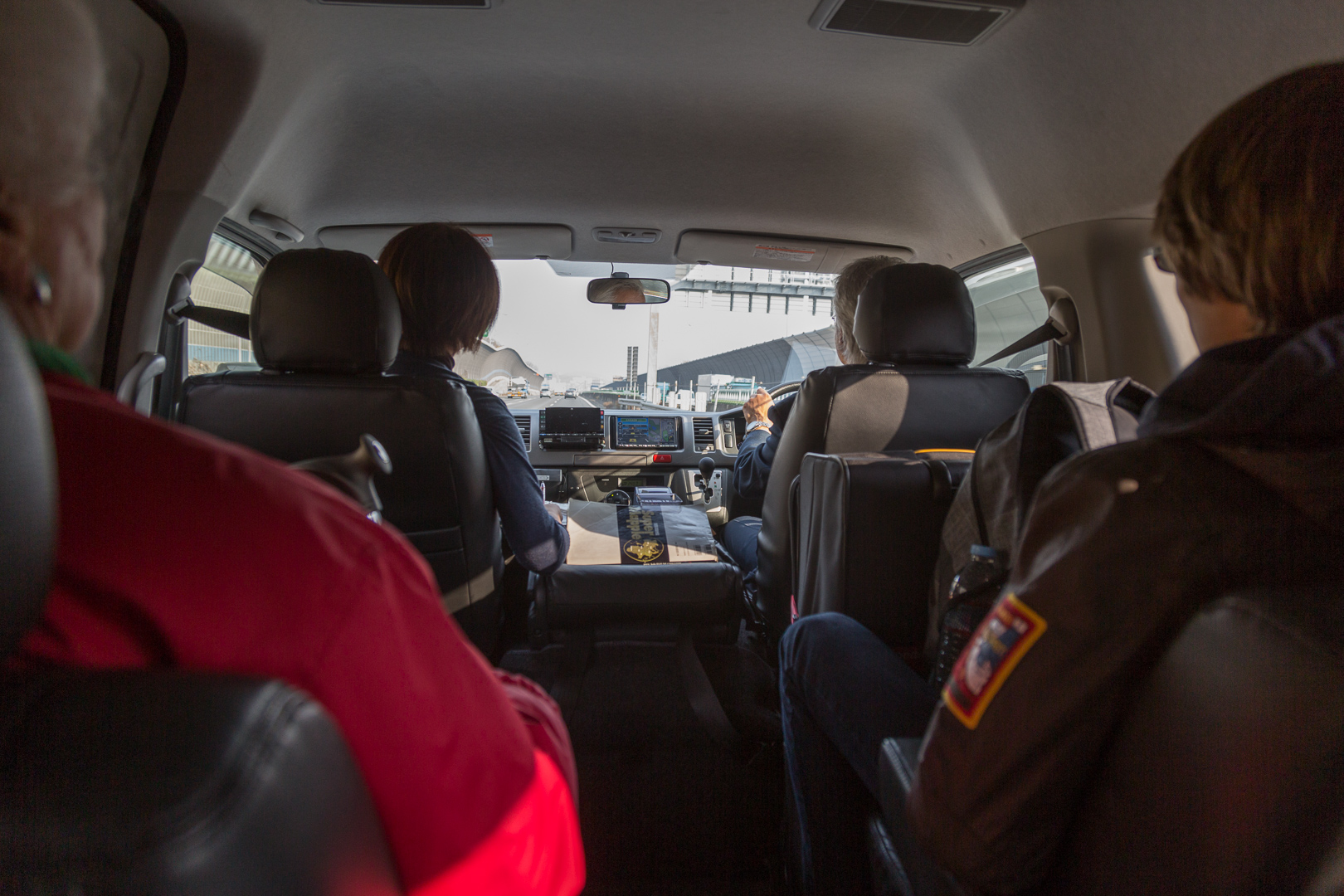
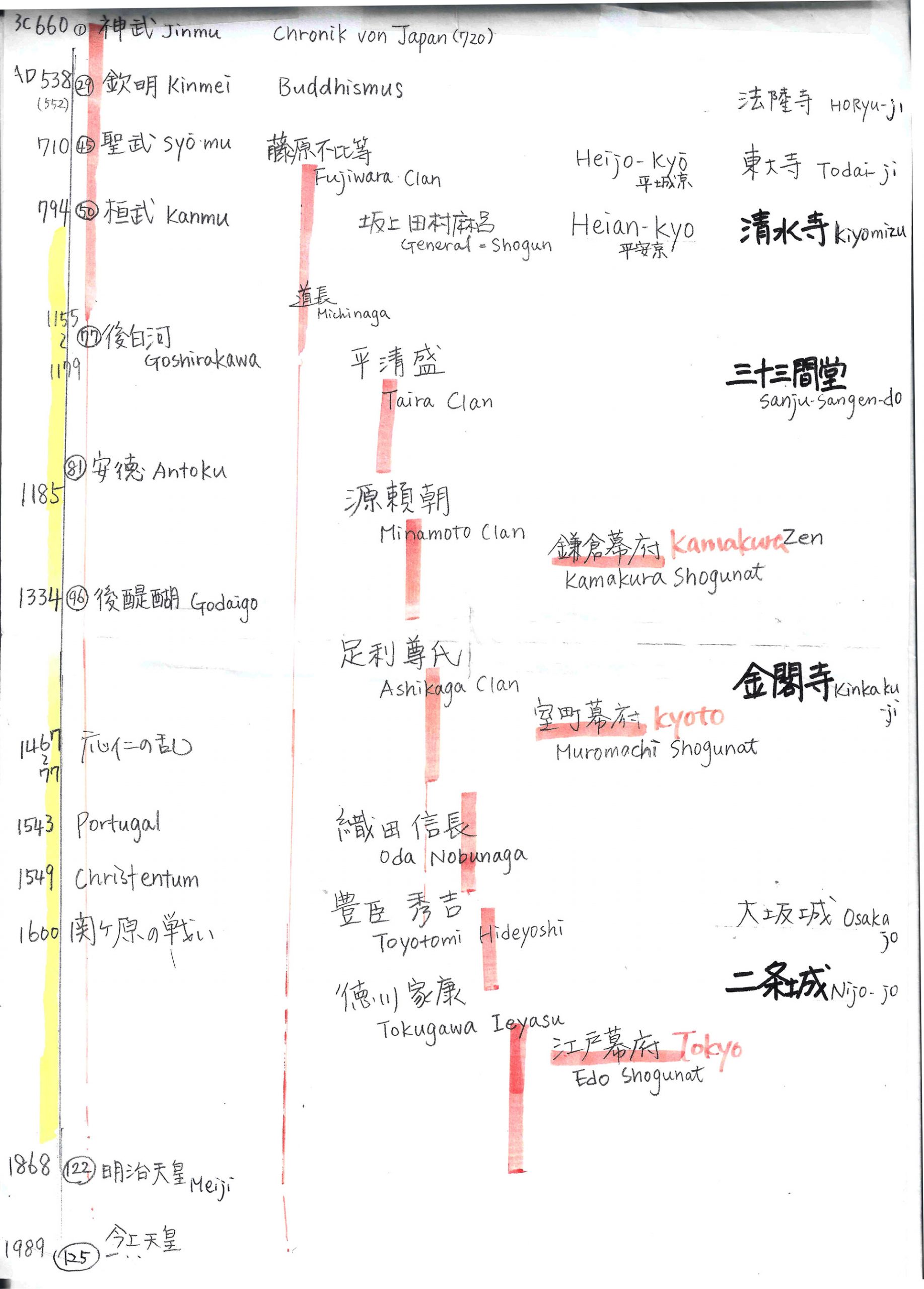
After breakfast we were picked up by our driver and driven to Kyōto together with our guide from the day before yesterday. During the about 1 hour drive, she made a brief presentation about the history of Japan and even wrote a history paper. Kyōto is one of the historically and culturally most important cities in Japan and was the residence of the royal court from 794 to 1868. Today it is the capital of the prefecture Kyōto. 14 temples and Shintō shrines in Kyōto were declared a UNESCO World Heritage Site in 1994.
Arriving in Kyōto, we wanted to visit the castle “Nijo-jo” first. But since yesterday (Tuesday) was a holiday (birthday of the emperor) and normally the castle is always closed on Tuesdays, the “cancelled” day off was rescheduled today. So we quickly changed our plans and went to the “Kinkaku-jo” or “The Golden Pavilion”. This was the former home of a Shogun, which was later transformed into a Zen temple. Destroyed by fire several times over the centuries, the phoenix keeps rising from the ashes. The present building dates from 1955 and is covered with gold leaf and is situated in a very photogenic location in the middle of a very well-kept and extensive garden at a lake. A very worthwhile destination.

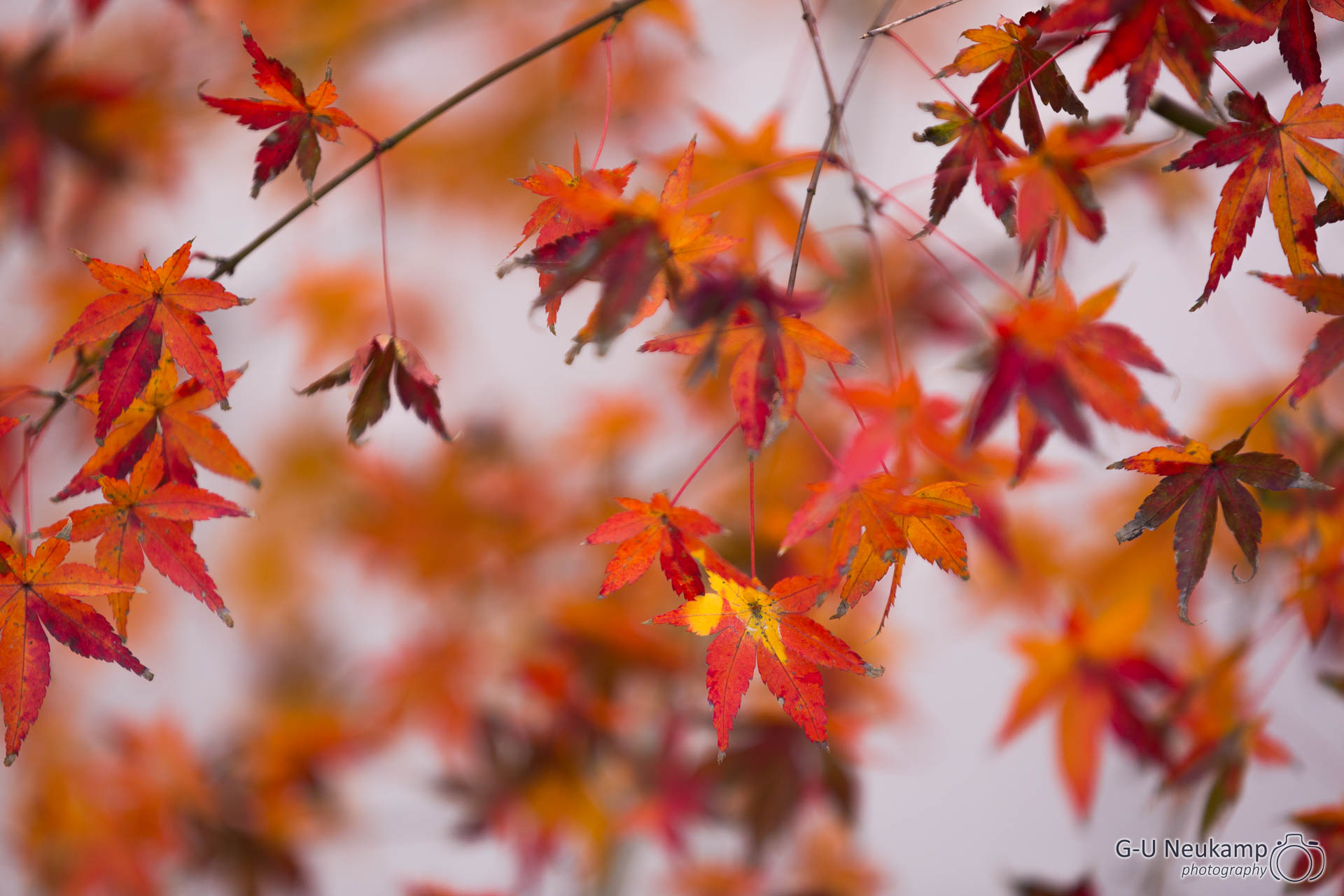

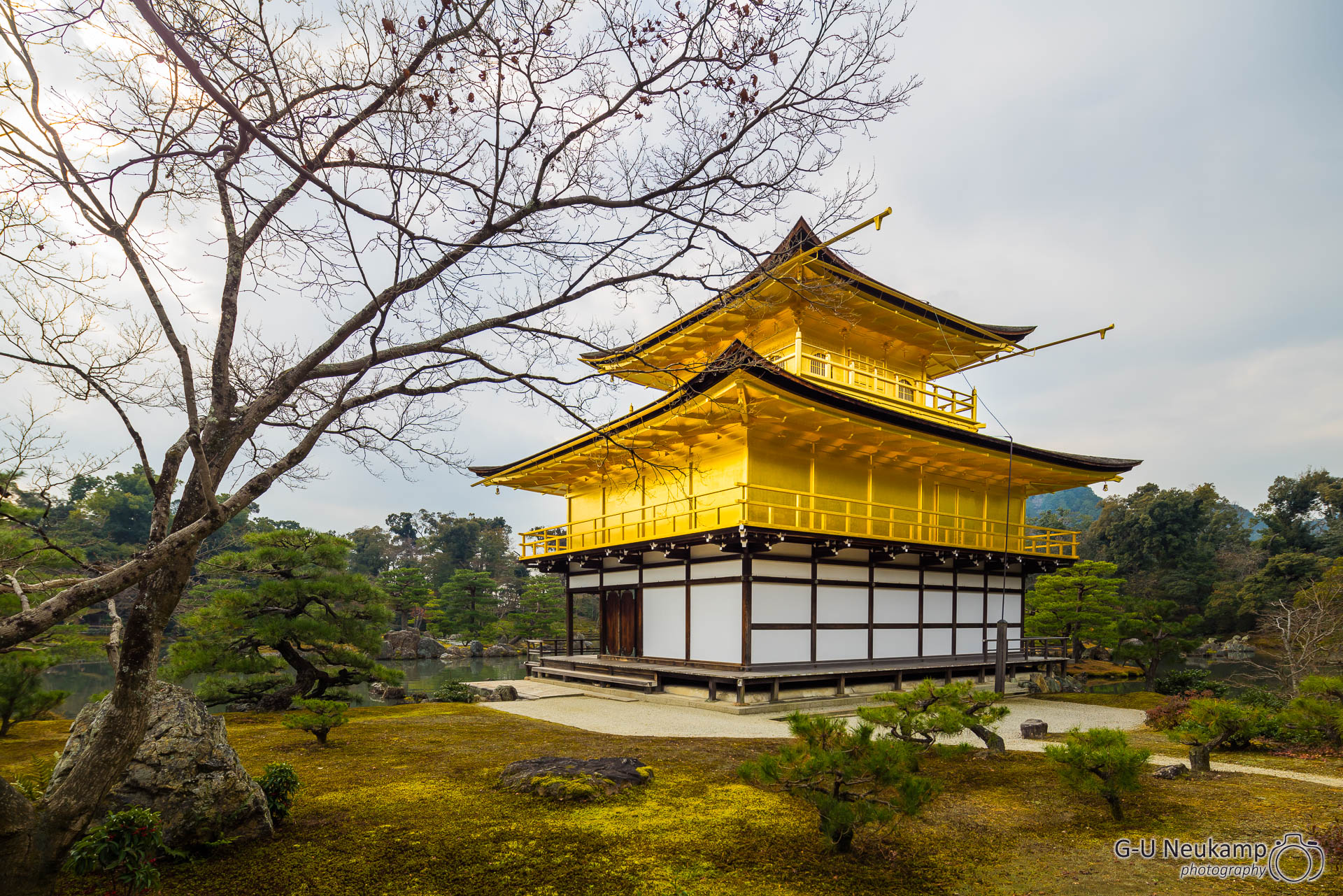
After visiting the golden pavilion, our driver took us to the historic centre of Kyōto, where a typical Japanese lunch in a small restaurant awaited us.
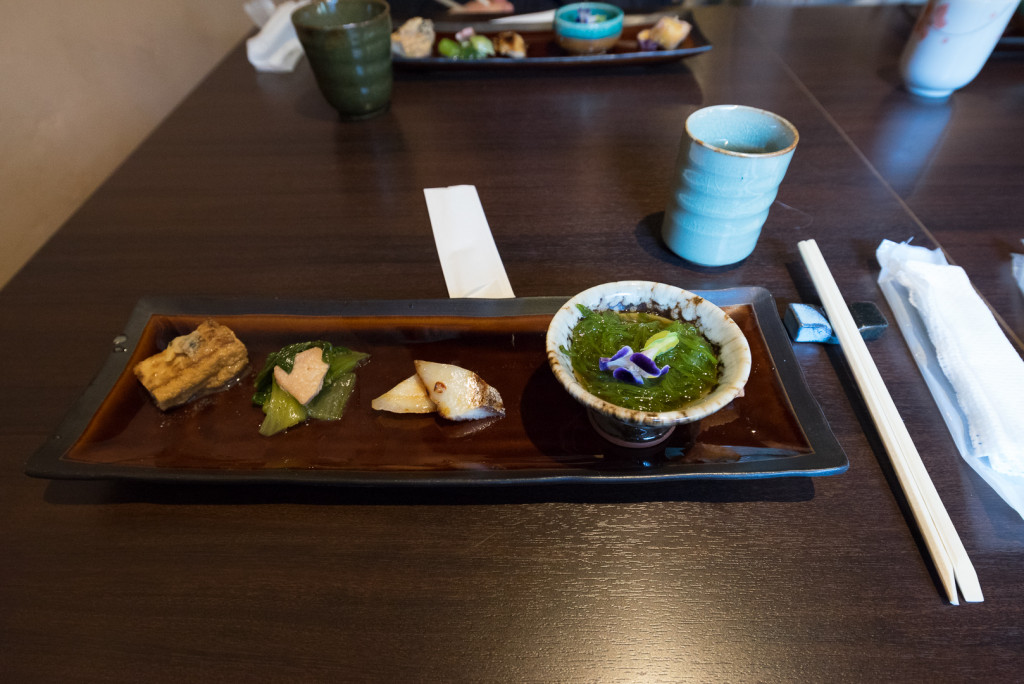
After lunch we made a short detour to Heian-jingū, a shrine from 1895, which was built by the former emperor Kammu on the 1100th anniversary of the foundation of Heian-kyō, which is today Kyōto.
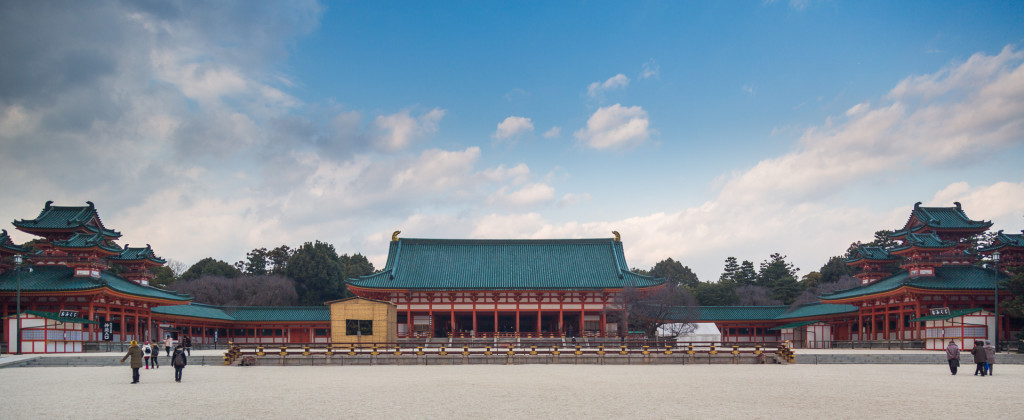
Afterwards we visited the “Sanjusangendo Temple”. Inside you can see 1000 statues, all of them with slightly different faces. You had to take off your shoes at the entrance, but we already knew that and so we each brought a pair of warm wool socks. The temple is not heated and only in simple socks it gets very cold at the foot.
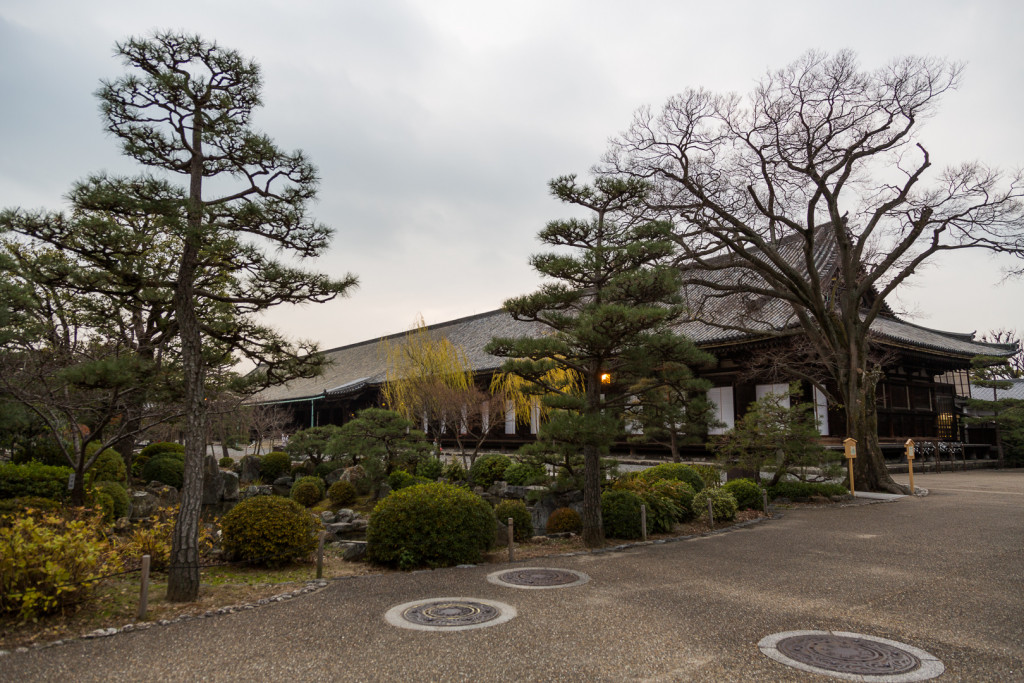
As we were told, there are also traditional competitions in archery. Young women at the age of 20, dressed in kimonos, shoot along the whole building (128m).
At the end of the day, we were taken to the temple complex “Kiyomizu”. This building is built on poles on a slope, again in a garden with different shrines. There is a waterfall at one of them, and drinking from this water is said to have healing effects.
The temple complex is located on a hill. One can walk down through steep alleys to the historic centre of Kyōto. There are many shops and small passages to the right and left of the path. Very nice. It got slowly dark and more and more lights came on.
We almost forgot it was Christmas Eve. Usually we spend this evening together at a Fondue Chinoise at home. Fortunately, we found a restaurant near the hotel that offered “Nabe” or “Hot Pot” - the Japanese version of fondue. Everybody there got a tray with a burner and a bowl with broth in which one could prepare meat, fish and vegetables. Additionally they served miso soup (which is actually available everywhere from morning till night always and with everything) and sushi. So finally we got a little bit of Christmas spirit.
